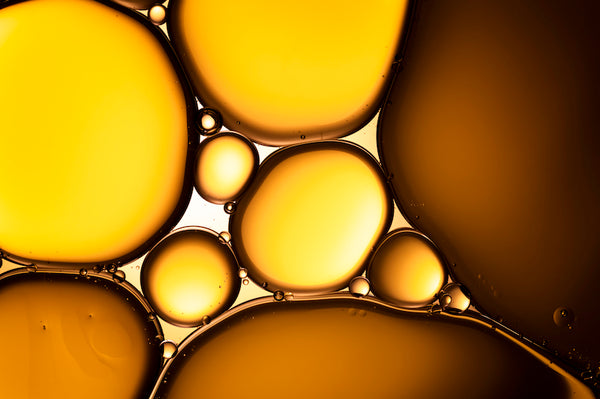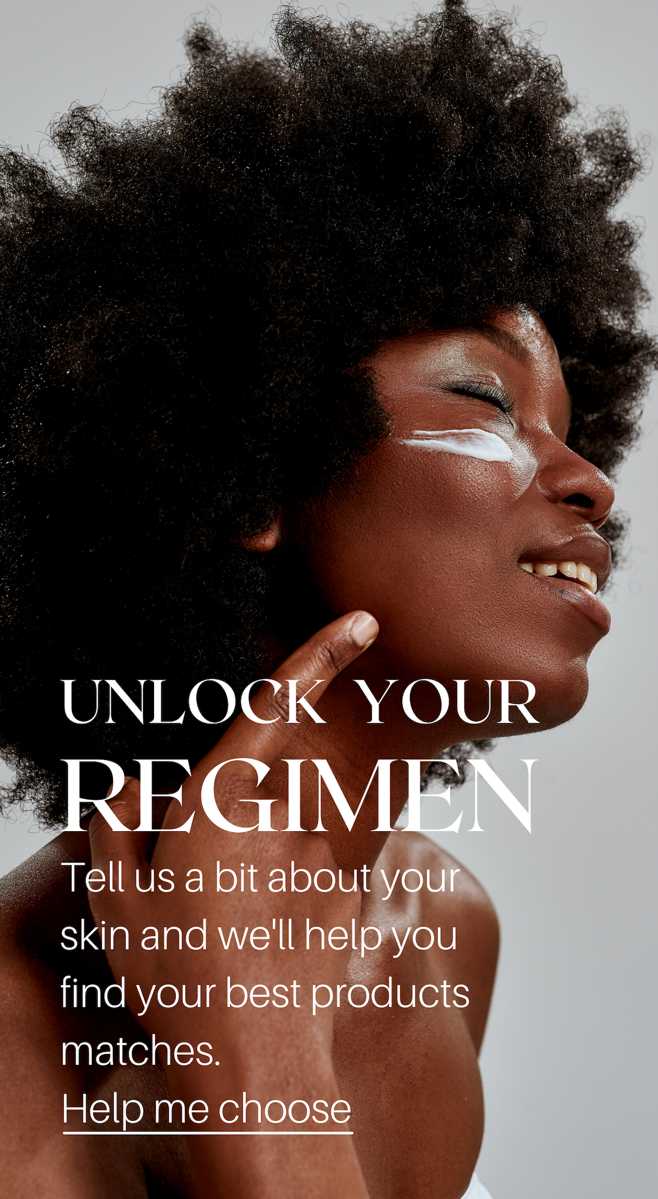Let’s Talk About Lipids

Cholesterol, ceramides, fatty acids—what are they and why are they good for your skin? Let’s chew the fat about fats.
Skin cells are surrounded by double wall of fat that houses the cell, the phospholipid bilayer, otherwise known as the lipid matrix. Cholesterol, ceramides, and fatty acids, are the three major lipids that make up the bilayers of the stratum corneum, the outermost layer of the epidermis. They are crucial to promoting skin repair and maintaining a healthy skin barrier—the “wall” that repels bacteria and pollutants and retains moisture. Let’s break it down.
Cholesterol helps speed skin barrier recovery and promote elasticity. Although we measure cholesterol in the blood, it's found in every cell in the body and is a crucial building block in cell membranes, among other important functions. Only about 20% of the body’s cholesterol comes from food. Your body produces the rest.
Ceramides make up about half of the lipids in the stratum corneum. As chains of fats or oils that capture and bind water, they are the lipid most closely linked to skin hydration. Ceramide deficiency is the primary cause of dry skin.
Fatty acids help to maintain lipid balance while nourishing and repairing the skin and reducing UV-induced photoaging. They’re also critical players in cell signaling and in mediating skin’s natural inflammation response. The most abundant fatty acid in the epidermis is linoleic acid.
Together this lipid triumvirate does some important things to help keep skin youthful and healthy including:
• Promoting smooth texture
• Maintaining hydration
• Protecting from external stressors including pollution and UV
• Reducing irritation, redness, and sensitivity
• Reducing the appearance of flaky, dehydrated, dull skin
• Preventing environmental damage
• Delivering antioxidants for healthier, more youthful looking skin
As we age, skin loses natural lipids at a rate of about 10-15% every decade, so by the time you’re 60, your body’s ceramide production will be about half what it was in your twenties. The loss of lipids leads to dry skin, inflammation, and a compromised moisture barrier. Lipid loss is part of the aging process, but other factors like harsh soaps or shampoos, UV radiation, chemicals, and pollutants can increase the rate of depletion.
How can you replace lipid loss?
Eat Your Fats
Consuming foods and oils rich in omega-6 and omega-3 fatty acids can alter the fatty acid composition in the skin to improve cellular function and increase the health of the skin barrier. Good sources of essential fatty acids include vegetable oils, oily fish, walnuts, flax seeds, chia seeds, soy, almonds, and avocados. You can also use supplements to increase your EFA intake. These fats are not only good for skin, they’re also good for overall health. EFAs lower bad cholesterol, stabilize blood sugar, protect from heart disease, aid brain function, and boost metabolism.
Turn to Topicals
Many skin care ingredients can help to enhance your skin’s lipid composition. It’s not just about using more moisturizer. It’s about finding the right ingredients that either contain lipids or stimulate your body to make its own.
What does the Vivant team recommend?
Get a nourishing cleanse with Vivant’s Cleansing Milk, a lipid-rich, non-drying formula with antioxidant grape seed oil at its center.
Swap astringent toners for Skin Nourishing Toner, which blends EFA-rich rosehip oil with niacinamide, a vitamin B derivative that’s been shown to spur biosynthesis of ceramides and other essential lipids in the skin.
Promote resilient, youthful skin with Rejuv Rx. The cashmere of serums, this barrier-loving formula supercharges collagen and elastin production with a concentration of peptides. Gently exfoliating lactic acid pulls moisture into the skin and increases natural barrier lipids, while niacinamide stimulates ceramide synthesis.
For light, non-greasy moisturizing that’s exceptionally nourishing and reparative, Allantoin Sedating and Hydrating Lotion is your new love. Its namesake is a hydrating, anti-inflammatory skin protectant derived from comfrey leaves. Paired with grape seed oil, oat protein, whole leaf aloe, and zinc peptides, it’s a lipid savior.
To keep the delicate eye area plump and hydrated, use Wink Eye Rejuvenation Cream morning and night. Antioxidant vitamin A, peptides and caffeine get a lipid-restoring boost from grape seed oil in this high-performance formula.


Comments
Hello Rhonda! Thank you for the compliments :-) Allantoin Sedating & Hydrating Lotion could be a good addition to your skin care regimen.
Thank you for your great article on lipids, quite informative and very interesting. As always, I appreciate you explaining how things work with our skin from the inside and out, which helps tremendously when purchasing products! Thank you so much Vivant!
Thanks for all the information on this site . I have just started using this skin care line and it’s so nice to be able to read about the products and what helps what I’m using some of the aging line only a wk into it but so far so good feel I need more moisture have the totaloe spin trap dermal renew day treatment n buffing grains .